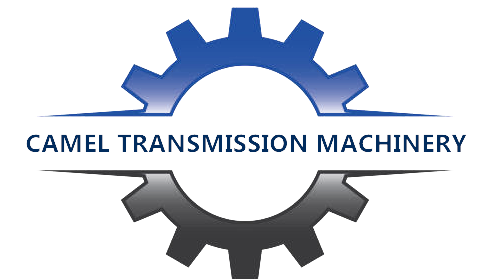The geared motor refers to the integrated body of the gearbox and the motor, which has the functions of deceleration, transmission, and torque enhancement. This kind of integrated body is usually also called gear motor or gear motor. Different gearboxes and different drive motors have different functions, uses, and technical parameters. For example, DC gear motors are assembled by reducers and DC motors. The planetary gear motor is a reduction device assembled from a planetary gear box integrated drive motor, and a worm gear reducer is a reduction transmission device assembled from a worm gear box integrated motor motor. Application scenarios of different types of reduction motors It’s not the same. Geared motors are usually produced by professional reducer and gearbox manufacturers. After they are integrated and assembled, they are supplied as a complete set with the motor, which can avoid loss and improve product quality.

DC motor is a rotating device that converts DC electrical energy into mechanical energy. The stator of the motor provides the magnetic field, the DC power supply provides current to the windings of the rotor, and the commutator keeps the direction of the torque generated by the rotor current and the magnetic field unchanged. According to whether or not it is equipped with a commonly used brush-commutator, DC motors can be divided into two categories, including brushed DC motors and brushless DC motors. DC motors without integrated assembly reducer (gearbox) do not have the function of reduction transmission.

A brushed DC motor is a type of DC motor. The stator of the brushed motor is equipped with fixed main magnetic poles and brushes, and the rotor is equipped with armature windings and commutators. The electric energy of the DC power supply enters the armature winding through the brush and the commutator to generate the armature current. The magnetic field generated by the armature current interacts with the main magnetic field to generate electromagnetic torque, which causes the motor to rotate and drive the load. Due to the existence of brushes and commutators, brushed motors have complex structure, poor reliability, many failures, large maintenance workload, short life, and commutation sparks are prone to electromagnetic interference. Brushed DC motor integrated assembly reducer (gearbox), called brushed DC reduction motor, has the functions of speed reduction, transmission, and torque enhancement.
The brushless DC motor is composed of a motor body and a driver, and is a typical mechatronic product. Brushless motor refers to the motor without brush and commutator (or slip ring), also known as the motor without commutator. The brushless DC motor is composed of a motor body and a driver, and is a typical mechatronic product. The stator windings of the motor are mostly made into a three-phase symmetrical star connection, which is very similar to a three-phase asynchronous motor. Magnetized permanent magnets are glued to the rotor of the motor. In order to detect the polarity of the motor rotor, a position sensor is installed in the motor.
The DC reduction motor, namely the gear reduction motor, is based on the ordinary DC motor, plus a matching gear reduction box. The function of the gear reducer is to provide a lower speed and a larger torque. At the same time, different reduction ratios of the gearbox can provide different speeds and torques. This greatly improves the utilization rate of DC motors in the automation industry. Geared motor refers to the integrated body of reducer and motor (motor). Such an integrated body can also be commonly referred to as a gear motor or a gear motor. Usually integrated and assembled by a professional reducer manufacturer, it is supplied as a complete set. Geared motors are widely used in the steel industry, machinery industry, etc. The advantage of using a geared motor is to simplify the design and save space.
